Fully Modulated
Fully Modulated is your backstage pass to the stories and signals that shaped radio, TV, and wireless communication. Join Tyler, a broadcast engineer, as he uncovers the wild moments, quirky legends, and technical breakthroughs that keep the world connected. From vintage radio hacks to the real drama behind today’s digital waves, each episode blends deep research, humor, and storytelling for anyone curious about how media magic happens. Independent, insightful, and made for every fan who loves a good broadcast mystery.
Fully Modulated
Charlie Ergen’s $23 Billion Spectrum Gamble: How Dish Lost the 5G Race
What happens when a professional poker player spends decades hoarding billions of dollars in spectrum licenses? In this episode of Fully Modulated, we follow Charlie Ergen’s incredible rise from selling backyard satellite dishes to running Dish Network, his bold $13 billion bet on 5G, and the $23 billion spectrum sale that just ended his dream of becoming America’s fourth wireless carrier.
You’ll hear how the FCC, AT&T, T-Mobile, and even Elon Musk’s SpaceX all played a role in this high-stakes showdown, and why spectrum has become the most valuable resource in wireless. From Project Genesis to the AT&T deal, this is the story of how Dish lost the 5G race — and what it means for the future of your phone service.
Send me a text message with your thoughts, questions, or feedback
Visible Wireless by Verizon
Same Verizon coverage, way cheaper bills. No contracts or hidden fees. $20 off for both of us.
If you enjoyed the show, be sure to follow Fully Modulated and leave a rating and review on Apple Podcasts or your favorite podcast app—it really helps more people discover the show.
Fully Modulated is not affiliated with or endorsed by any station, media company, or network. All opinions are solely my own.
Hey everyone, welcome back to Fully Modulated. I’m Tyler, and just a reminder — I’m not connected to any stations or broadcasting companies. I’m just a guy who can’t stop digging into the stories hiding in our airwaves.
So here’s what’s wild. A professional poker player who once made his living reading cards and counting chips just lost the longest, most expensive bluff in wireless history. His name’s Charlie Ergen. He built Dish Network, hoarded billions in spectrum, and spent decades convincing people he was about to build America’s next big phone company. And last week, it all came crashing down.
This is the story of how one man turned sixty thousand dollars worth of backyard satellite dishes into a twenty-three billion dollar empire — and why the government finally called his bluff.
Picture this. It’s 1980. Charlie Ergen’s twenty-seven, freshly out of a job at Frito-Lay. Most people his age are still figuring out their careers. Ergen? He decides he’s going to gamble for a living. Poker. Blackjack. Casinos.
And he’s good at it. Not just the math, but the patience. The reads. The discipline to sit for hours waiting for the right hand.
But here’s where the story shifts. Ergen takes that gambler’s mindset and brings it into business. With his future wife Candy and a buddy named Jim DeFranco, he scrapes together sixty thousand dollars. That’s about two hundred and twenty thousand today. They buy two C-band satellite dishes and start selling TV to folks in rural Colorado who couldn’t get cable.
Back then, these dishes were enormous — ten feet across, parked in your backyard like a UFO. The company was called EchoSphere, and honestly, it could’ve stayed a nice little niche business. But Ergen saw the real prize wasn’t the dishes. It was the spectrum.
In 1987 he applies for a direct broadcast satellite license with the FCC. That’s basically a claim on real estate in the sky — orbital slots where satellites beam down TV. By the early 90s, EchoStar has its own orbital parking space. In ’96, the first Dish Network satellite, EchoStar I, launches.
In less than two decades, Ergen goes from selling antennas out of his garage to running a national satellite TV company. And here’s the key move: he figures out spectrum is like beachfront property. They’re not making more of it, demand’s only going up, and if you hold it long enough, it’s going to get more valuable.
So through the 2000s and 2010s, he starts buying spectrum every chance he gets. Auctions, side deals, shell companies — you name it. Low-band, mid-band, stuff perfect for 4G and 5G. While Dish’s TV business is slowly bleeding subscribers to Netflix and Hulu, Ergen’s sitting on a stockpile of invisible gold.
But there’s a catch. Spectrum isn’t like a savings bond you can just tuck away. When you buy it, the FCC says “use it or lose it.” Build networks, serve people, or risk having those licenses yanked.
And Charlie Ergen? He’s about to push his biggest bet yet.
It’s 2019. T-Mobile wants to merge with Sprint, which would shrink the big four carriers down to three. Regulators worry that’s bad for competition, so they need someone to step in. And right on cue, here’s Charlie Ergen.
The government strikes a deal: T-Mobile can buy Sprint, but they have to hand over Boost Mobile to Dish for five billion dollars. And Dish? They promise to use their mountain of spectrum to build a brand-new 5G network.
Ergen calls it Project Genesis. The first city goes live in Las Vegas in 2022. It’s supposed to be a sleek “Open RAN” system, built with partners like Samsung.
But building a wireless network isn’t like flipping cards in Vegas. It’s brutal. It’s expensive. Verizon and AT&T have a decades-long head start. And Dish? Coverage was patchy, phones didn’t work great, and customers weren’t exactly lining up.
Meanwhile, Dish’s TV business kept collapsing. The whole company was drowning in debt — thirty billion dollars worth. Interest payments alone were crushing them.
By 2025, the FCC starts asking hard questions. Did Dish really meet its build-out promises? Elon Musk’s SpaceX starts lobbying to take some of that 2 GHz spectrum for Starlink. And then — this is where it gets almost surreal — President Trump himself calls Ergen and FCC Chairman Brendan Carr to the White House to hash things out.
Imagine that room. A billionaire gambler, the head of the FCC, and the President, arguing over who gets to use invisible frequencies in the air.
But the math was brutal. Ergen couldn’t service the debt, couldn’t build a competitive network, and couldn’t bluff the FCC anymore. After forty-five years of betting, he finally folds.
On August 26, 2025, EchoStar announces a twenty-three billion dollar sale of spectrum licenses to AT&T. That’s thirty megahertz of mid-band and twenty megahertz of low-band — the exact stuff AT&T needed to catch up in 5G.
For AT&T, it’s a jackpot. For Ergen, it’s the end of the dream. Boost Mobile will limp along as a kind of reseller running mostly on AT&T’s network. Project Genesis towers? Getting shut down. The fourth wireless carrier? Gone.
And here’s the kicker: yes, Ergen doubled his investment. He paid about thirteen and a half billion for that spectrum and sold it for twenty-three billion. Financially, the bet paid. But the vision of building a new nationwide competitor? That part of the hand lost.
So what does this all mean?
First, spectrum really is the new oil. Invisible, but worth billions. AT&T paying cash for airwaves tells you how critical they are.
Second, government policy doesn’t always work out the way it’s supposed to. The whole point of Dish getting Boost Mobile was to keep four carriers alive. Instead, we’re back to three giants.
And third, the wireless industry is basically a high-stakes poker table. Spectrum auctions, lobbying wars, FCC pressure — even the White House stepping in. It’s not just engineering. It’s gambling with billions.
Charlie Ergen spent forty-five years holding onto his hand. He cashed in, but the dream folded. Sometimes in poker, you win the pot but lose the game.
Thanks for hanging out with me on Fully Modulated. If you liked this story about the spectrum gambler, do me a favor — hit follow on Apple Podcasts or Spotify, leave a rating, maybe share the show with a friend who wonders why their phone bill keeps going up.
You can always reach me at tyler@fullymodulated.com
, and we’re on socials too — @fullymodulated on Facebook and @fullymodulatedpod on Instagram.
This has been Fully Modulated — the stories behind the signals. I’m Tyler. Until next time, keep your antennas up.
Podcasts we love
Check out these other fine podcasts recommended by us, not an algorithm.
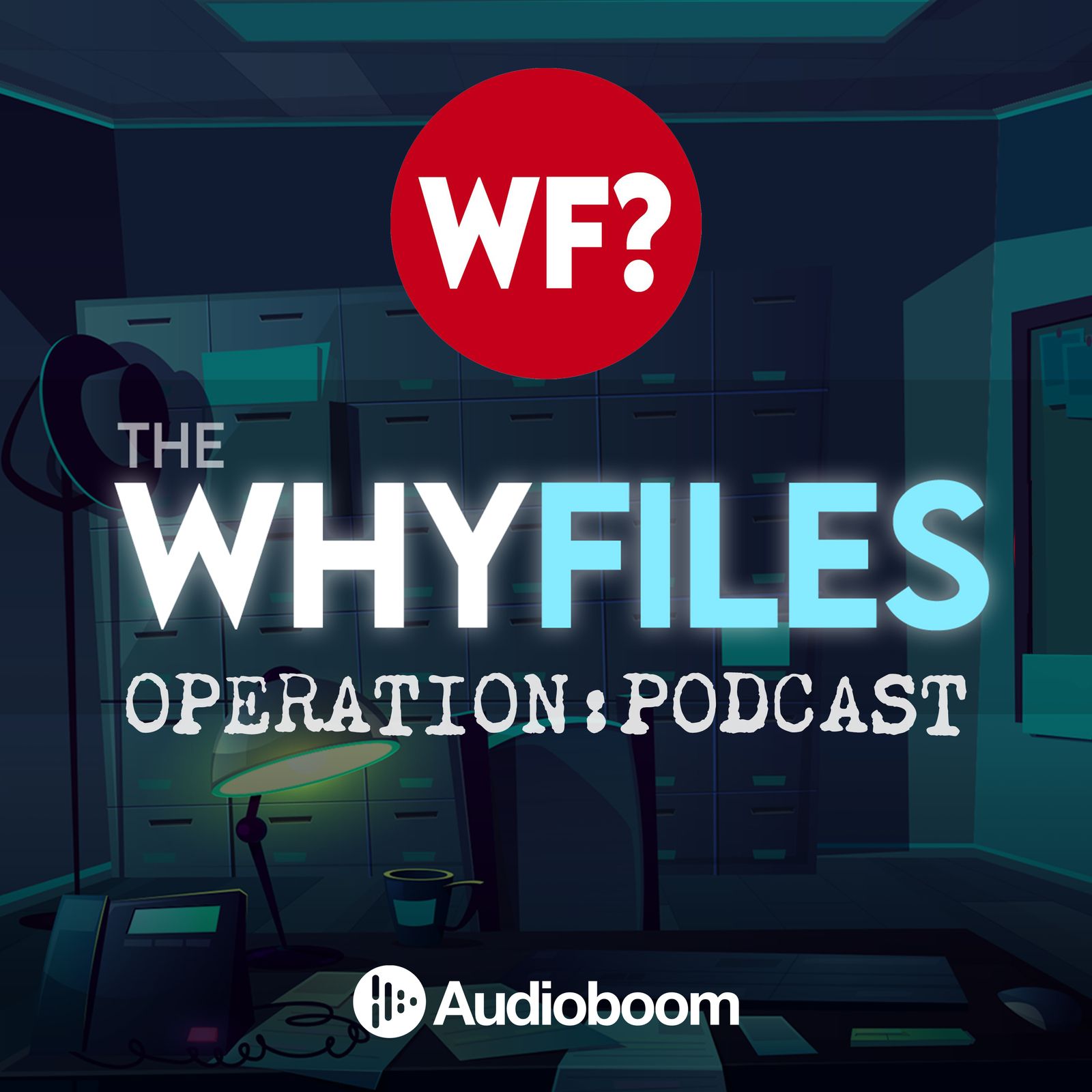
The Why Files: Operation Podcast
The Why Files: Operation Podcast
Sightings
REVERB | QCODE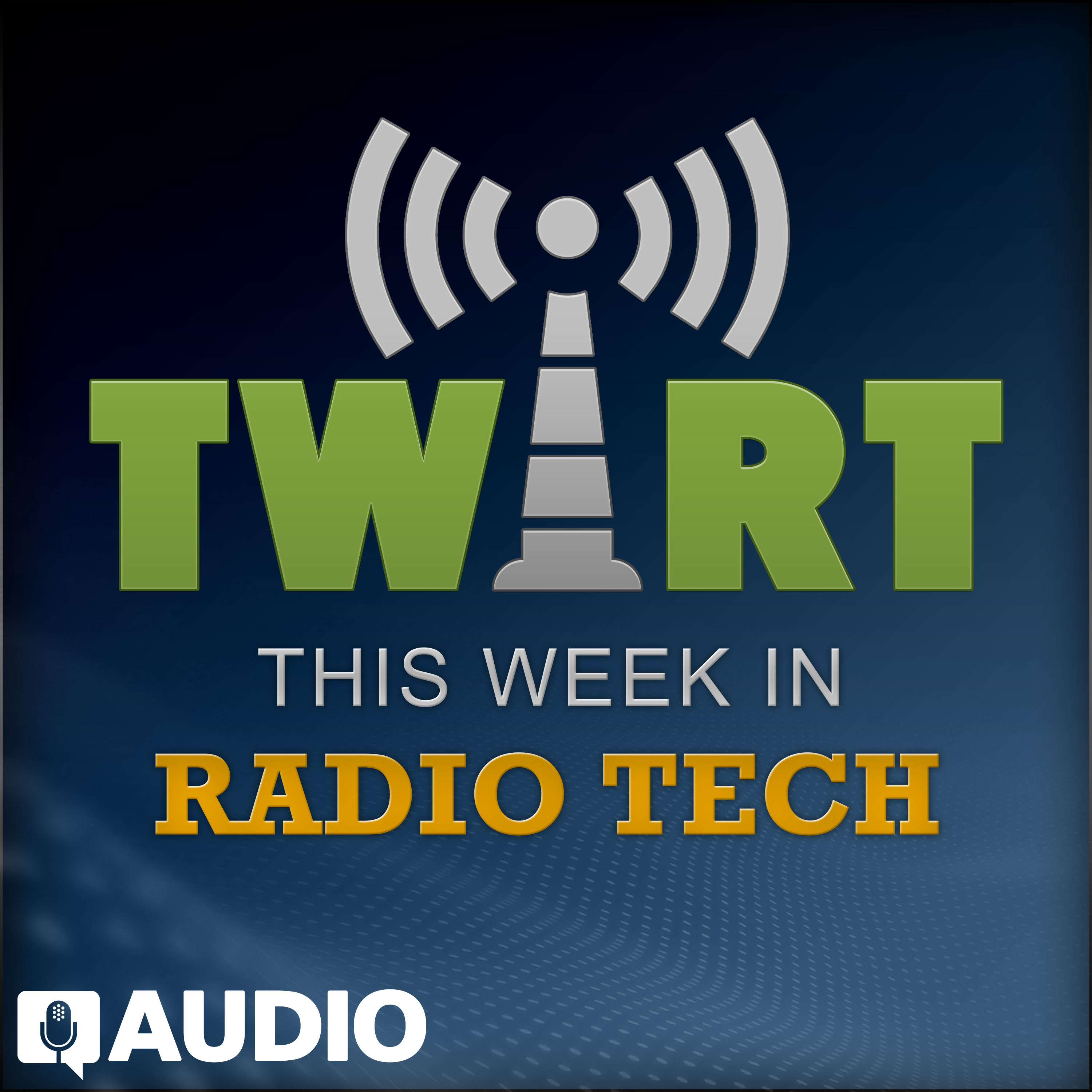
This Week In Radio Tech (TWiRT)
guysfromqueens
The Ezra Klein Show
New York Times Opinion
Alive with Steve Burns
Lemonada Media
Friends Who Pretend
Chris Bryant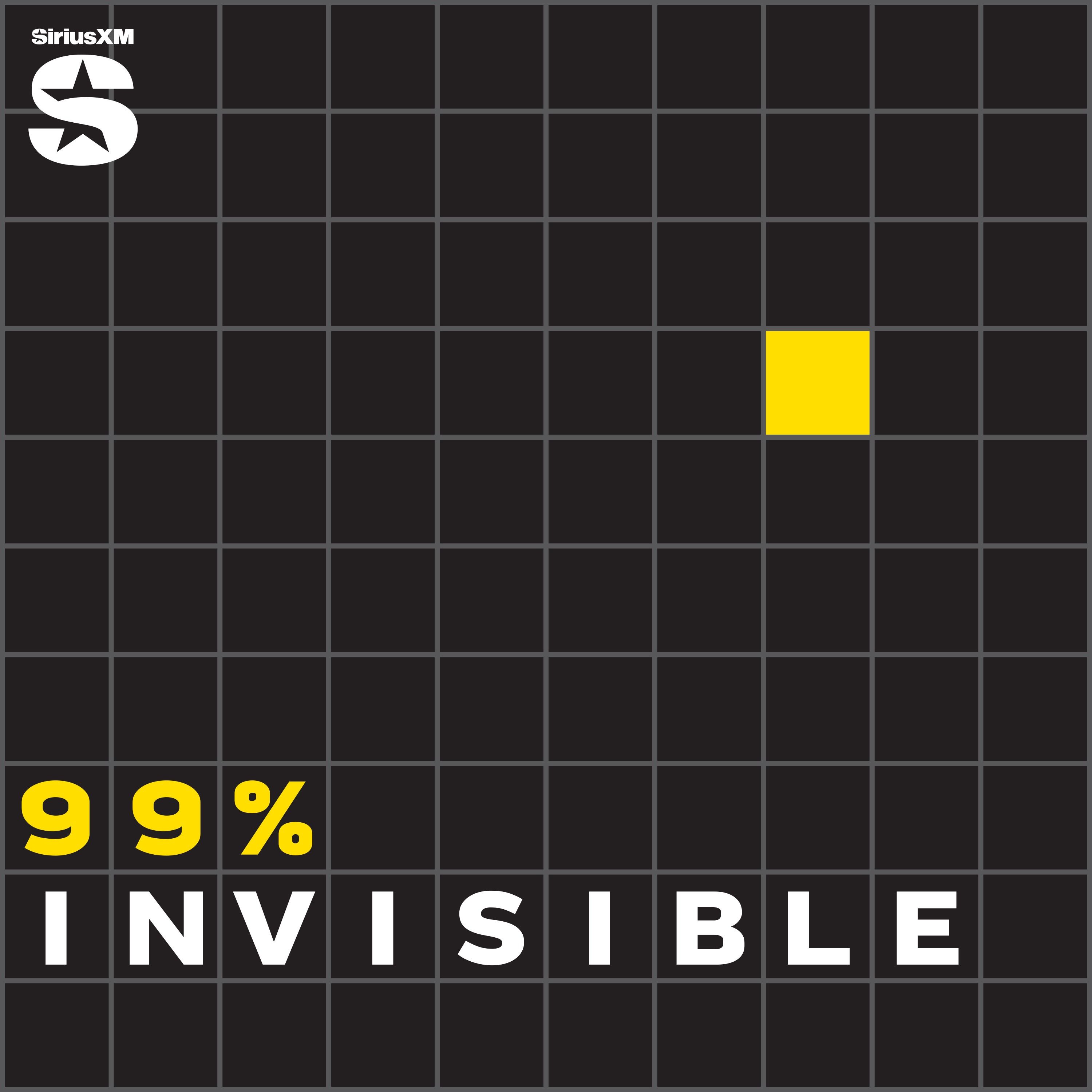
99% Invisible
Roman Mars
Hard Fork
The New York Times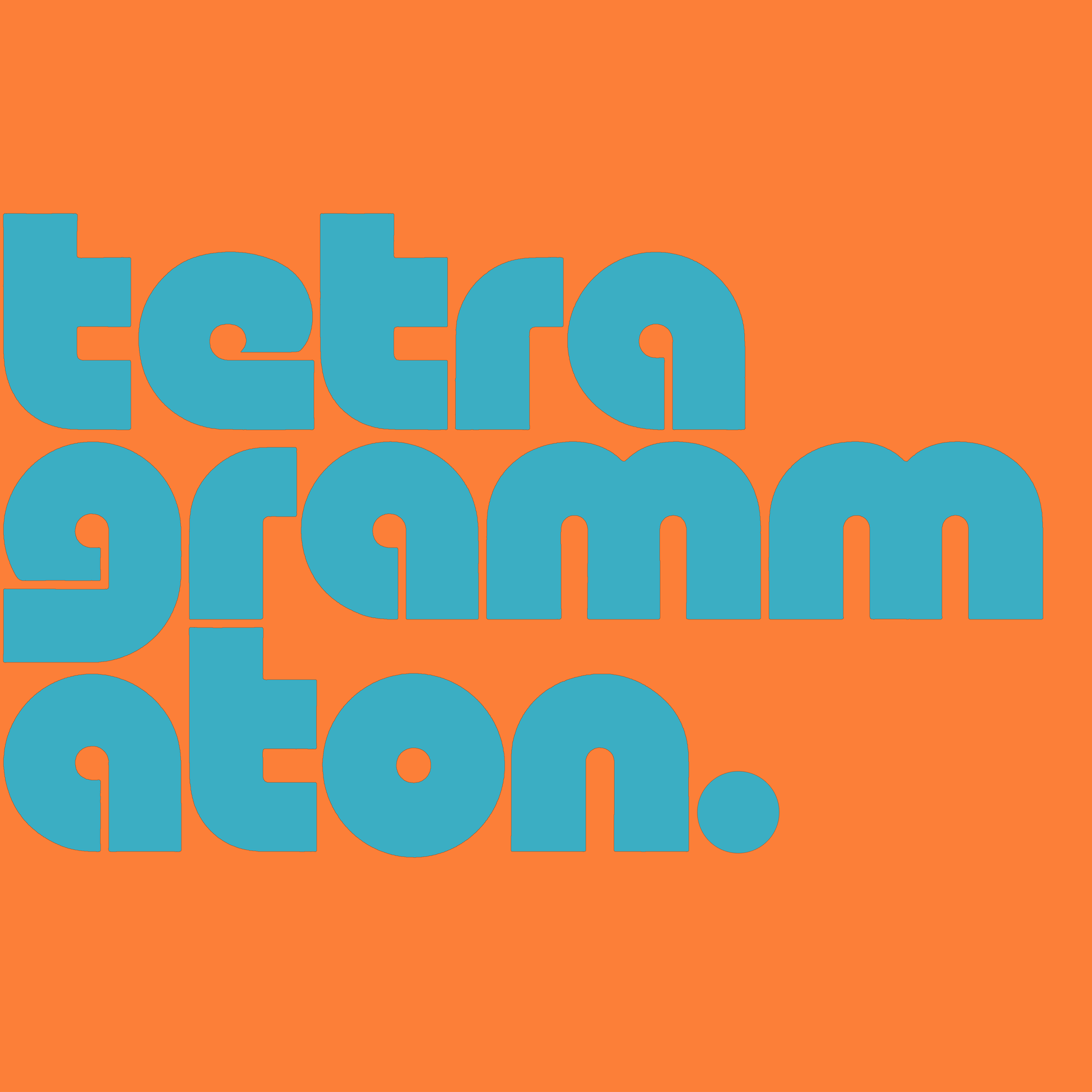
Tetragrammaton with Rick Rubin
Rick Rubin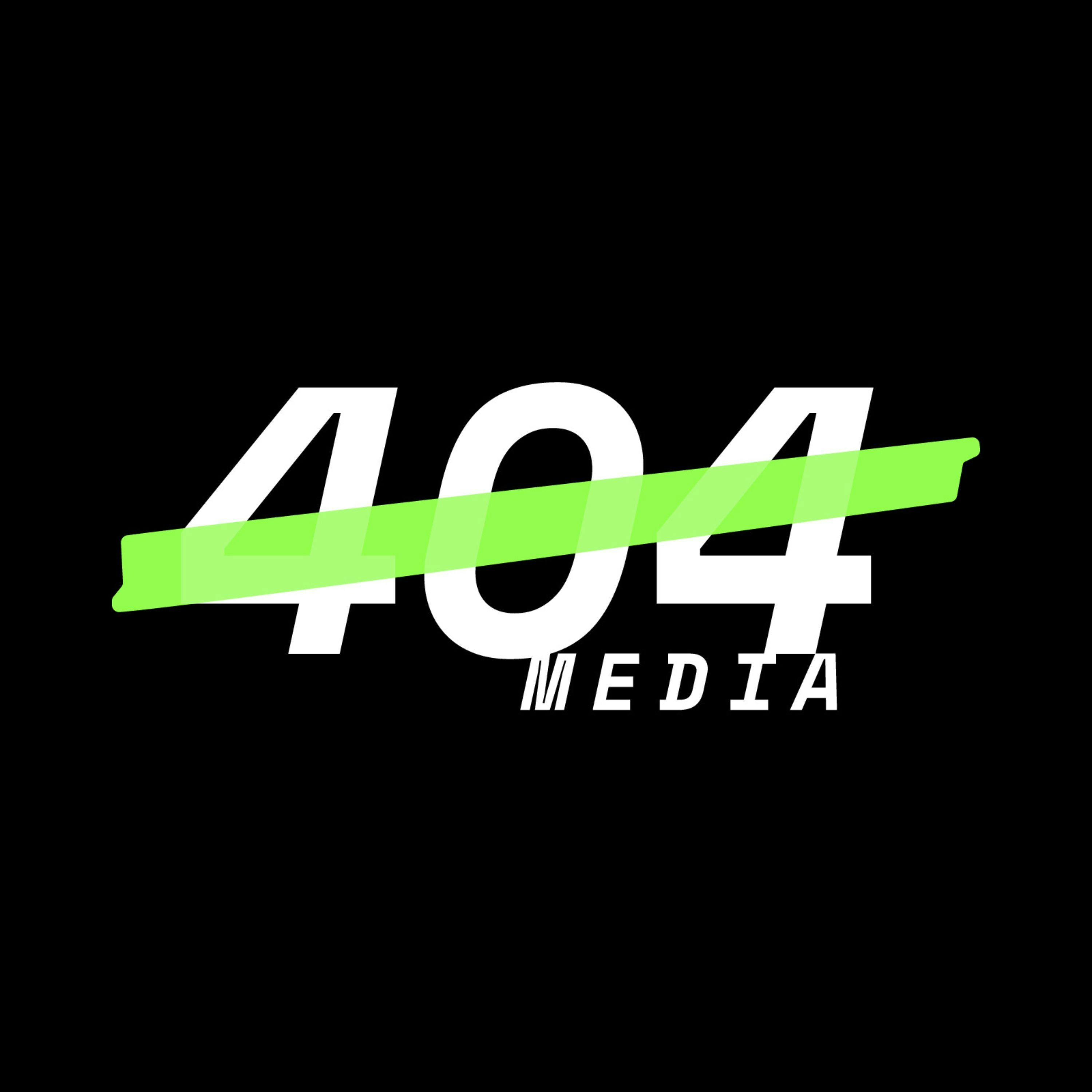
The 404 Media Podcast
404 Media
The Daily
The New York Times
Honestly with Bari Weiss
The Free Press
Search Engine
PJ Vogt
Pod Save America
Crooked Media
Danny Jones Podcast
Danny Jones | QCODE
Darknet Diaries
Jack Rhysider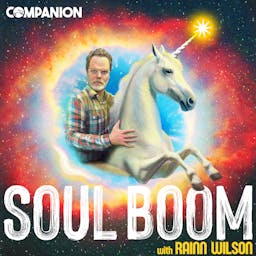
Soul Boom
Rainn Wilson
